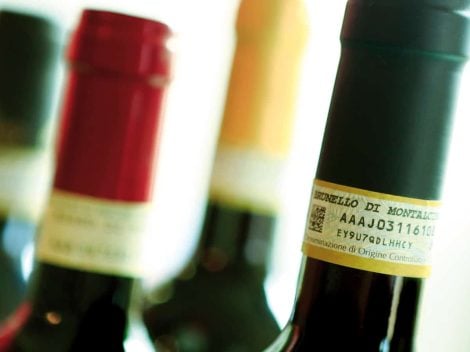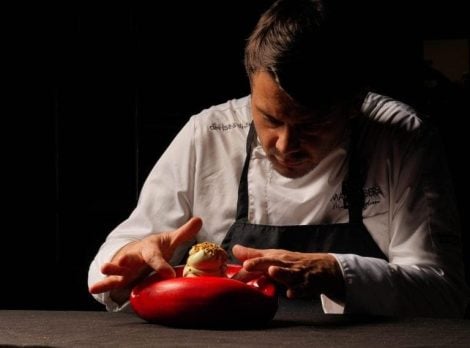Emilia Romagna's Tre Bicchieri 2024
Il Pigro Dosaggio Zero M.Cl. 2020
Lambrusco di Sorbara Brut Rosé M. Cl. 2018
Lambrusco di Sorbara Leclisse 2022
Lambrusco Grasparossa di Castelvetro Vini del Re 2022
Lambrusco Salamino di Santa Croce Dedicato ad Alfredo Molinari
Reggiano Lambrusco Concerto 2022
Romagna Albana Secco Codronchio 2021
Romagna Albana Secco Vitalba 2022
Romagna Sangiovese Marzeno Sup. Poggio Vicchio 2021
Romagna Sangiovese Modigliana V. Beccaccia 2021
Romagna Sangiovese Predappio Le Lucciole Ris. 2020
Romagna Sangiovese Sup. Sole Rosso Ris. 2020
Tre Bicchieri 2024. Emilia
Politically, Emilia-Romagna may stand as one region, yet in terms of soils, grape varieties, climate, and winemaking traditions, the two are unmistakably distinct
Starting in the West, we find Emilia, where Lambrusco dominates—a wine deeply rooted in Emilian gastronomy but now well established among Italy's greats. Sorbara takes the lead, but we also see the prominence of Reggiano, and notably, Grasparossa di Castelvetro and Salamino di Santa Croce, which—this year's highlight—climb to the top of the podium. This essentially represents what we see as true Lambrusco: genuine in the grapes used and attentive to maintain its territorial identity, distinctly different from the generic IGT Emilia Lambrusco, which not only tends to have a lower average quality but often confuses consumers. But Emilia doesn't stop with Lambrusco. Piacenza is emerging, thanks to a sparkling Metodo Classico, and we believe that high-quality sparklers might be the future for an area that otherwise struggles with traditional typologies.
Heading east, before reaching Romagna, there's a pit-stop in Bologna. Pignoletto is proving commendable, with many delightful, well-crafted wines perfect for everyday drinking being offered at fair prices. However, numerous bottles made with international varieties are somewhat less captivating and lacking in identity.
Tre Bicchieri 2024. Romagna
Now, on to Romagna. None of us can forget those tragic May nights when floods wreaked havoc—destroying roads, ruining homes, displacing people, and devastating vineyards. But what's more inspiring to recall is the optimism, resilience, and willpower of the region’s inhabitants. We must also emphasize the strides made in viticulture. For us, it's the winemaking revelation of the year: the meticulous work varied out on the 16 subzones of Romagna Sangiovese is bearing fruit. The wines increasingly spotlight finesse and elegance, and the region's character is emerging beautifully. Albana, which stems from its unique grape, is also doing exceptionally well, lending itself to diverse and captivating interpretations. While that's significant on its own, the journey doesn't end there. Trebbiano is the most cultivated grape overall, and we're convinced it holds promise—not just for simpler wines or as a base for spumante, but also for select vineyard expressions. Last but certainly not least, we highlight some native varietals (like longanesi, famoso, rebola, centesimino) and some international ones that have acclimatized so well they might as well be considered traditional. Whether in small or larger productions, they splendidly underscore the region's biodiversity.

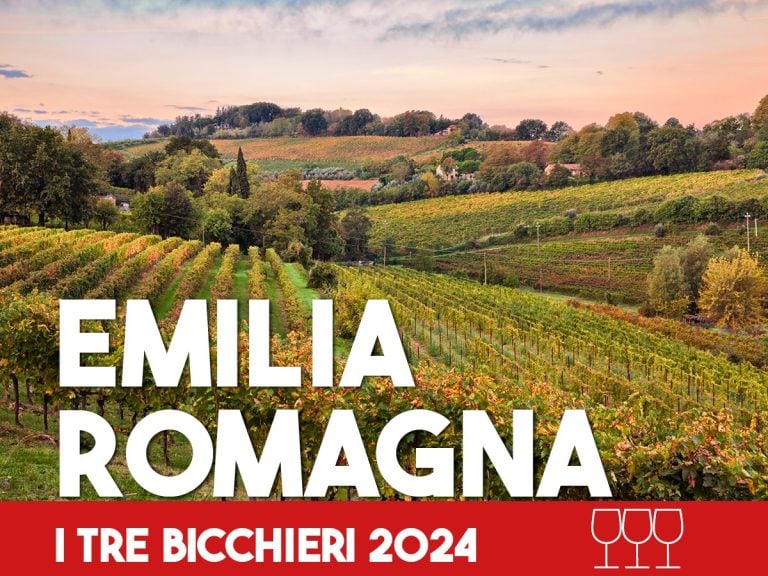
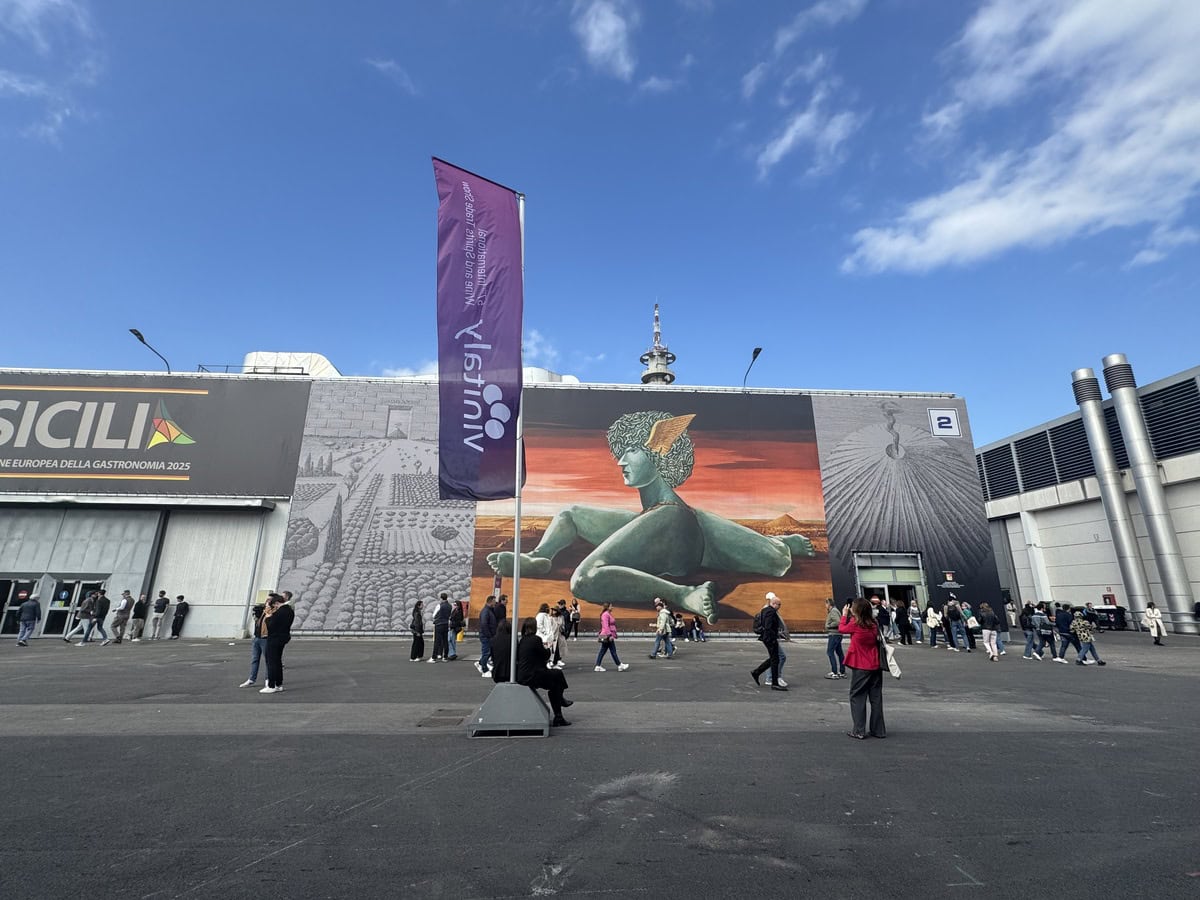 Lost inside Vinitaly? Here are five tastings to try, according to Gambero Rosso
Lost inside Vinitaly? Here are five tastings to try, according to Gambero Rosso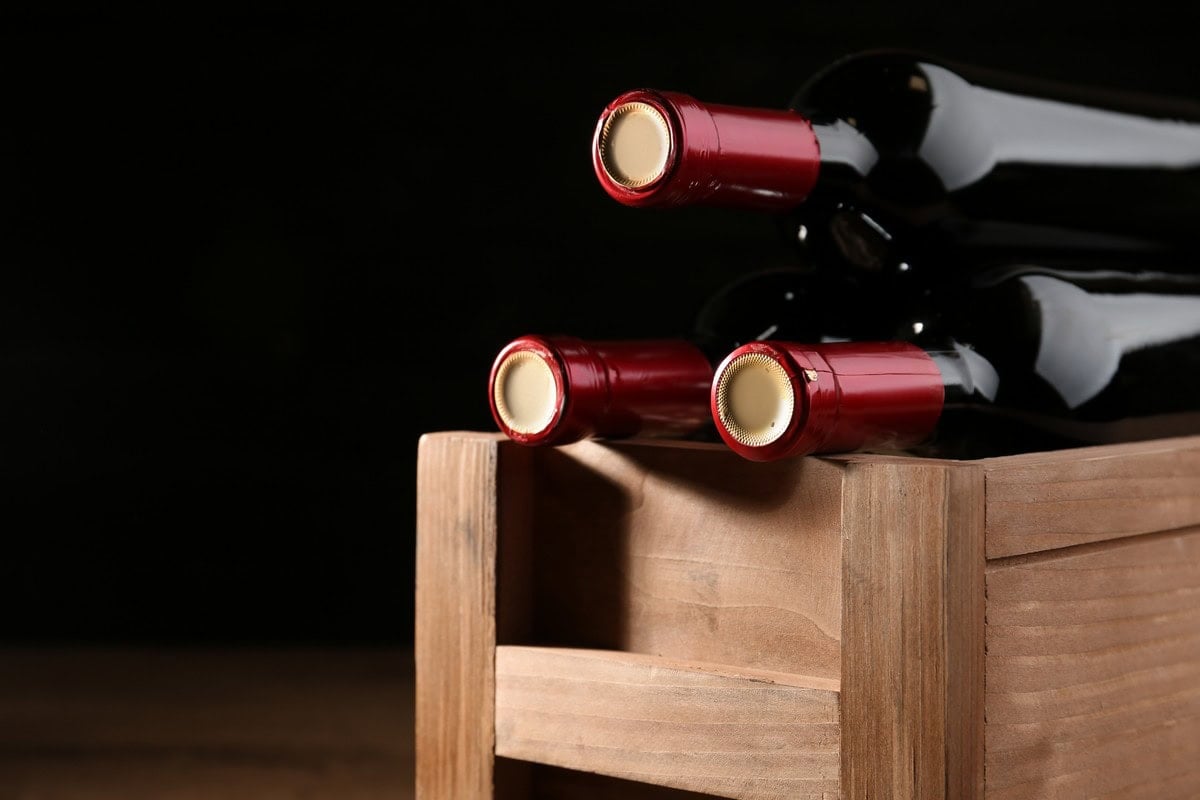 The US market accounts for 24% of global exports of Italian wine. Federvini: “We cannot risk being pushed out”
The US market accounts for 24% of global exports of Italian wine. Federvini: “We cannot risk being pushed out”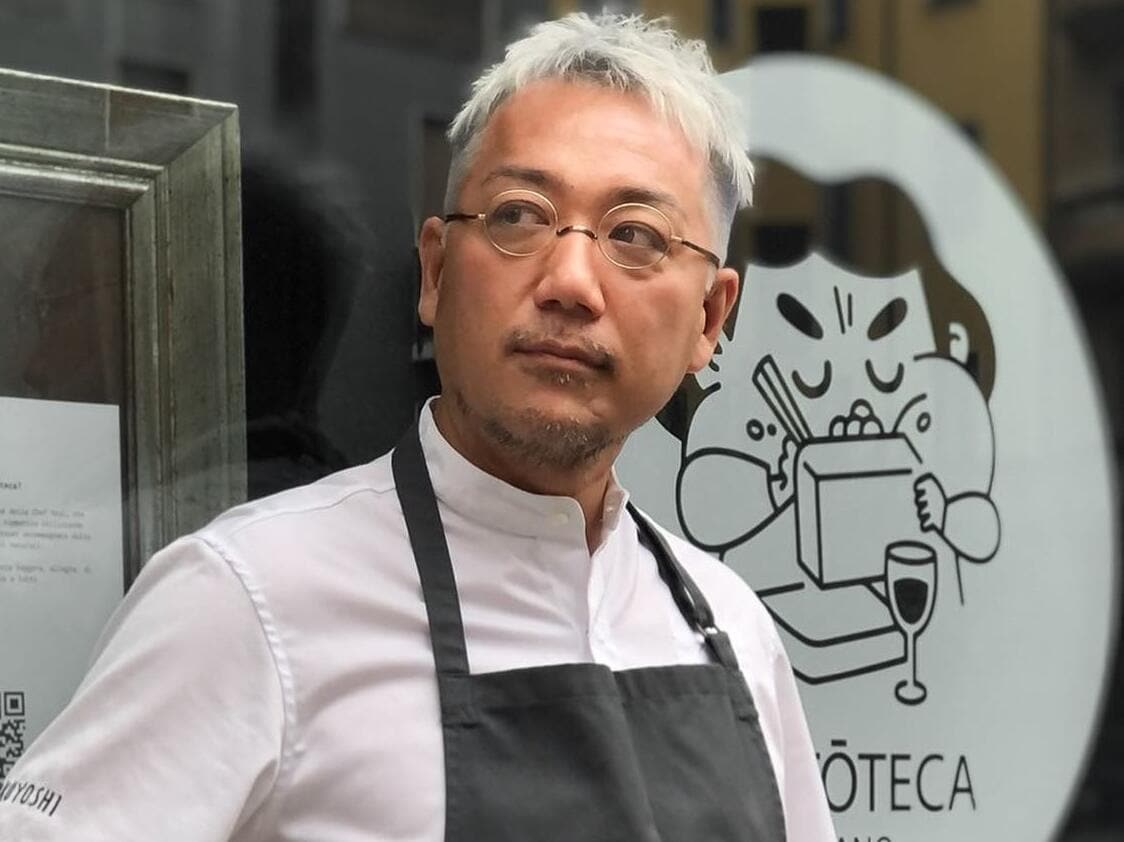 The Japanese chef who gave up the Michelin star opens a place in Milan where you dine barefoot and listen to Hi-Fi music
The Japanese chef who gave up the Michelin star opens a place in Milan where you dine barefoot and listen to Hi-Fi music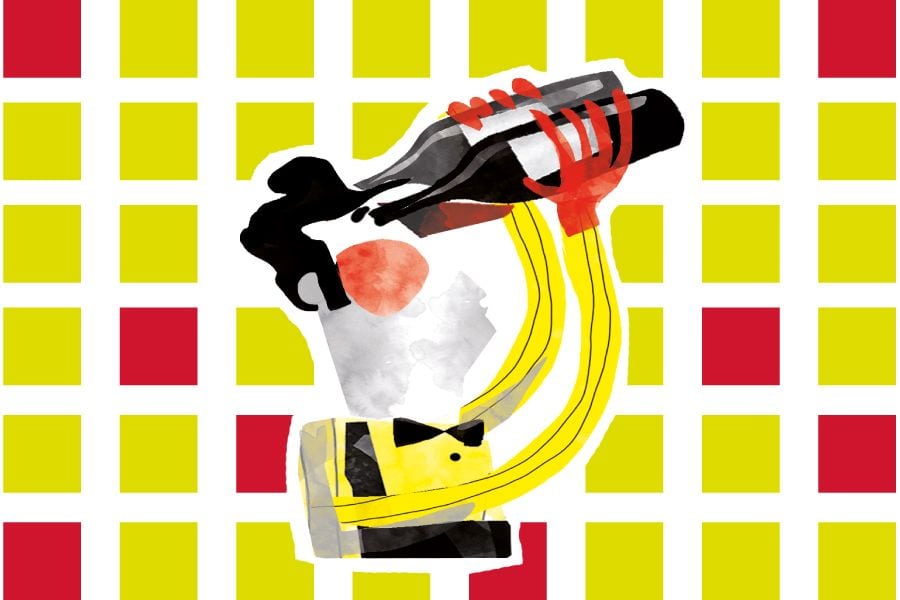 For the first time, Vini Rari arrive at Vinitaly 2025. Here's what they are
For the first time, Vini Rari arrive at Vinitaly 2025. Here's what they are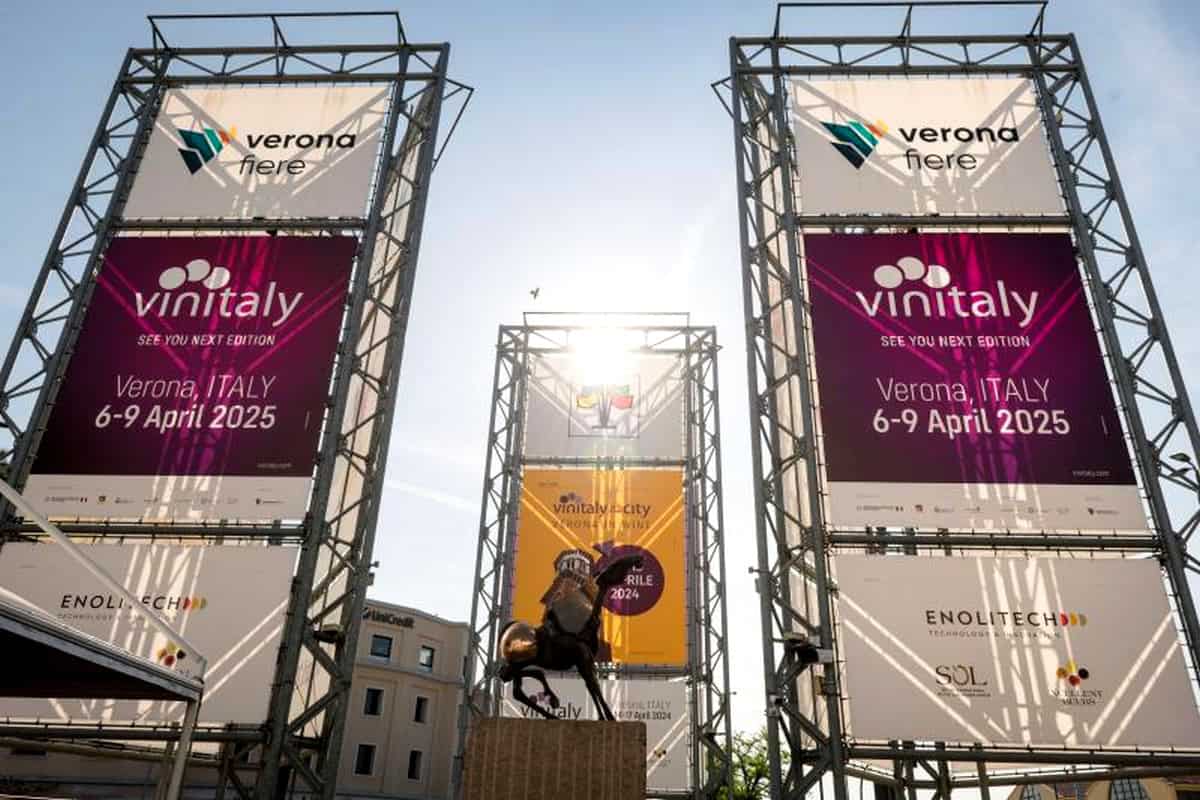 Here are all the events to watch out for at Vinitaly 2025
Here are all the events to watch out for at Vinitaly 2025